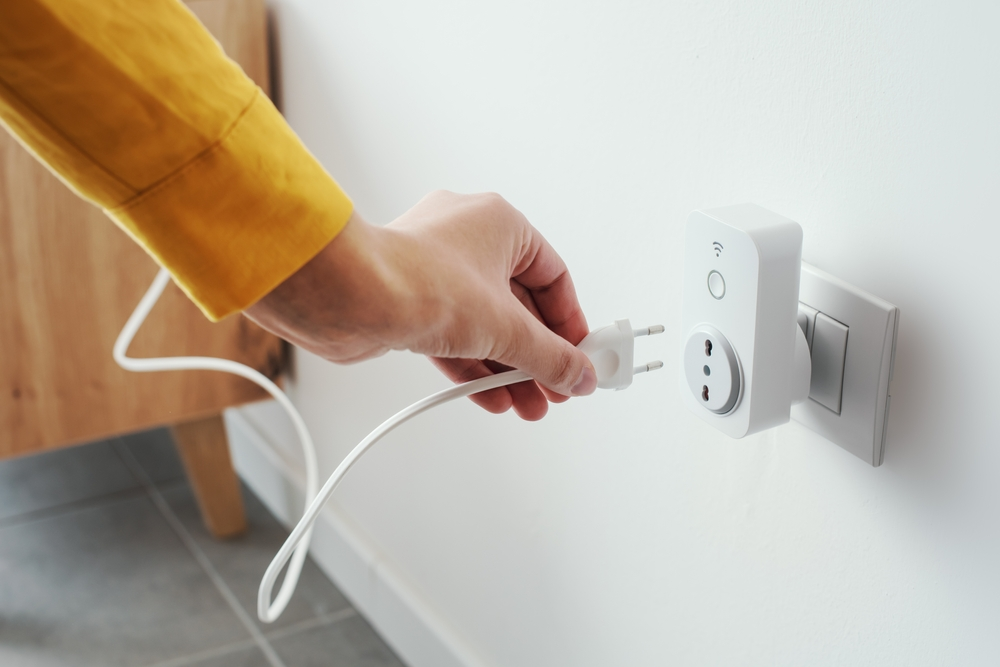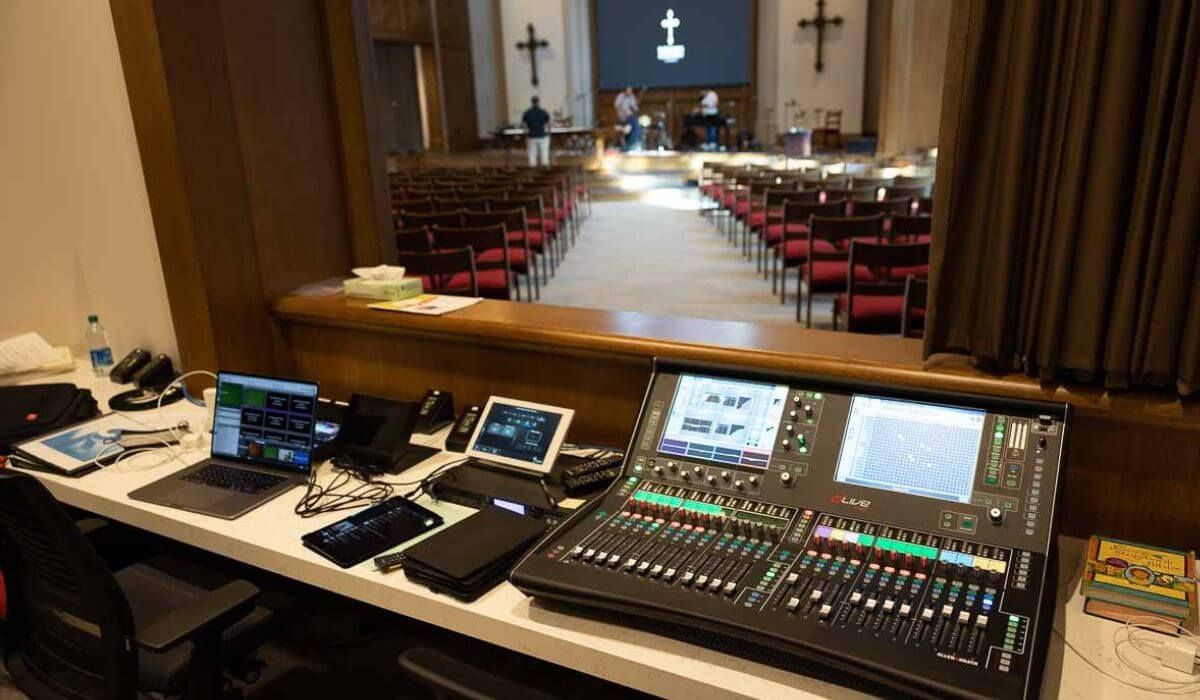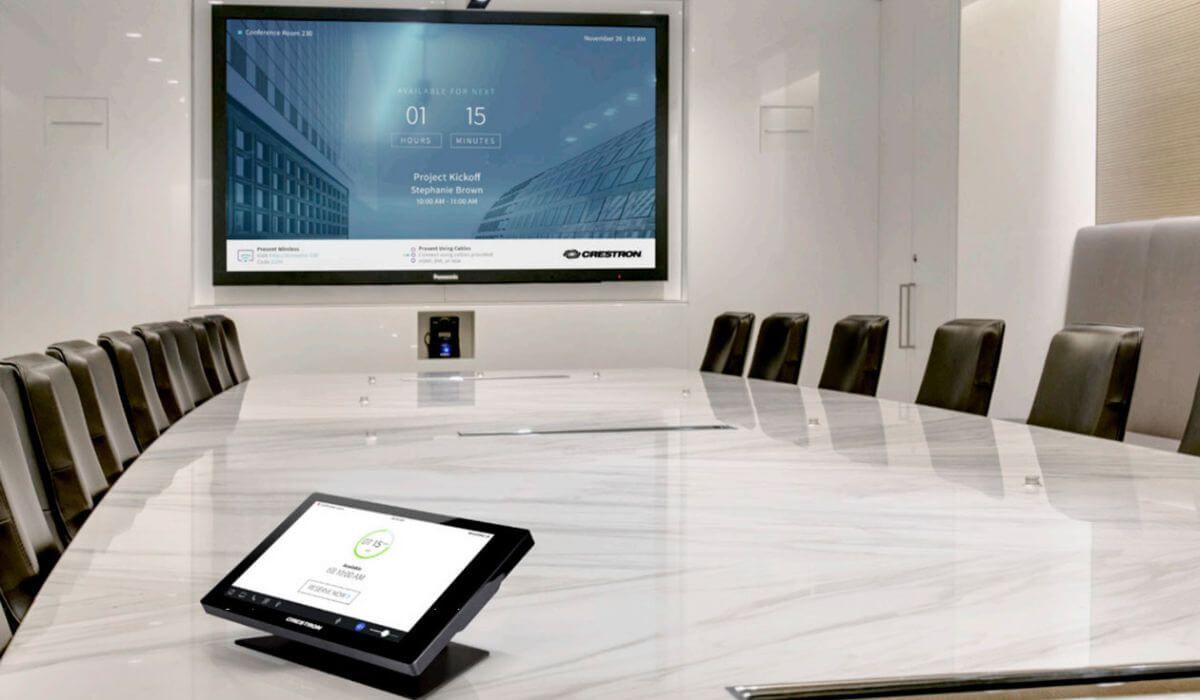Hybrid Workspaces: How Advanced AV Technologies Enable Seamless Collaboration
The way businesses operate is evolving. With the rise of hybrid workspaces, companies are embracing a mix of remote and in-office work, creating a need for advanced collaboration tools. In Australia, nearly 50% of employees work remotely at least part of the time, and this trend is here to stay.
But how do businesses ensure effective communication and engagement between remote and in-office teams? The answer lies in advanced AV technologies. From AI-powered video conferencing to cloud-based collaboration tools, cutting-edge AV solutions are revolutionizing hybrid meetings and enabling seamless communication.

The Rise of Hybrid Workspaces
What is a Hybrid Workspace?
A hybrid workspace is a flexible work environment where employees split their time between remote work and the office. This model offers businesses increased productivity, cost savings, and greater employee satisfaction.
Instead of a traditional office setup, hybrid workspaces leverage digital connectivity, interactive AV technology, and cloud-based collaboration to create a smooth and efficient work experience.
Why Are Businesses in Australia Adopting Hybrid Workspaces?
Australian businesses are rapidly integrating hybrid models due to the following benefits:
- Enhanced productivity – Employees can work in environments that suit their needs.
- Cost efficiency – Reduced office space and travel expenses.
- Higher employee satisfaction – More flexibility leads to a better work-life balance.
- Improved collaboration – Hybrid meetings powered by advanced AV solutions bridge the gap between remote and in-office teams.
Advanced AV Technologies Powering Hybrid Workspaces
Video Conferencing Solutions
One of the biggest challenges in hybrid workspaces is ensuring high-quality communication between teams. 4K Ultra HD cameras, AI-driven audio enhancements, and smart noise cancellation make hybrid meetings feel as natural as in-person discussions.
Some cutting-edge technologies include:
- AI-powered speaker tracking – Automatically focuses on the speaker in a room.
- Beamforming microphones – Capture audio from specific directions, reducing background noise.
- Smart noise cancellation – Eliminates disruptive sounds, ensuring crystal-clear conversations.
Wireless Presentation Systems
Traditional wired AV setups can slow down meetings and cause unnecessary interruptions. Wireless presentation technologies such as ClickShare, Miracast, and interactive displays allow users to seamlessly share content from any device, making presentations and discussions more efficient.
AI-Powered Smart Meeting Rooms
Artificial Intelligence (AI) is playing a key role in hybrid workspaces. AI-powered AV solutions enhance efficiency by offering:
- Automated camera tracking – Adjusts angles based on who is speaking.
- Voice recognition for transcription – Creates real-time meeting notes.
- Smart lighting and acoustics – Optimizes meeting room settings for clarity and focus.
Cloud-Based Collaboration Tools
To support seamless collaboration, businesses are turning to cloud-integrated AV solutions that offer:
- Real-time file sharing – Enables teams to edit and access documents instantly.
- Secure cloud storage – Protects recorded meetings and sensitive data.
- Multi-platform access – Ensures compatibility across different devices and operating systems.

Ensuring Seamless Collaboration in Hybrid Meetings
Overcoming Technical Challenges
Even with advanced AV solutions, hybrid meetings can face challenges such as latency issues, audio disruptions, and security risks. Solutions include:
- 5G-powered AV systems – Reduce lag and improve video quality.
- Beamforming microphones – Ensure better sound clarity in conference rooms.
- End-to-end encryption – Protects confidential conversations from cyber threats.
Designing User-Friendly Meeting Spaces
Creating an effective hybrid workspace involves more than just installing technology. Businesses must design ergonomic and tech-driven meeting rooms that enhance collaboration. Key features include:
- Immersive telepresence systems – Bring remote participants closer to in-office colleagues.
- Smart room automation – Adjusts lighting, sound, and camera angles automatically.
- Customizable AV settings – Allows teams to tailor setups based on meeting needs.
Future Trends in Hybrid Workspaces
5G & IoT Integration
With 5G connectivity, hybrid workplaces can experience ultra-fast AV streaming, minimal lag, and greater device connectivity. IoT integration will further enhance smart office automation, allowing meeting rooms to adapt to users’ preferences in real time.
Eco-Friendly AV Innovations
Sustainability is a growing concern in AV technology. Businesses are now investing in:
- Energy-efficient LED displays – Lower power consumption.
- Recyclable AV hardware – Reduces electronic waste.
- Smart power management systems – Automatically switch off unused devices.

Conclusion
Hybrid workspaces are shaping the future of business, and advanced AV technologies are the key to making them successful. From AI-powered video conferencing to wireless presentation systems, these innovations ensure seamless collaboration and productivity in hybrid meetings.
For businesses in Australia looking to upgrade their hybrid workspaces, investing in cutting-edge AV solutions is the way forward. Contact Scavi today to discover how our advanced AV installation services can transform your workplace.



